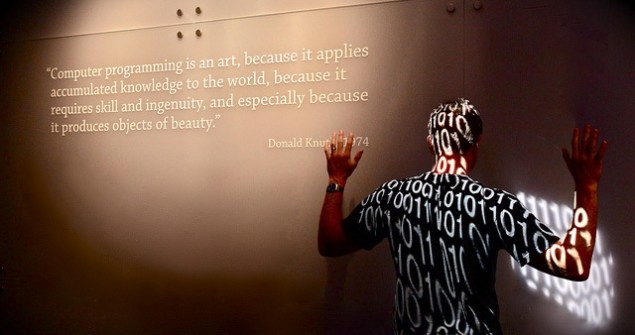Unlocking the Potential of Image-to-Text Conversion: Revolutionizing Data Extraction and Accessibility in the Digital Age
The majority of industries today, including businesses and educational institutions, use digital technology to conduct daily operations. The advent of computers has also drastically altered how people go about their daily lives. In particular, image-to-text conversion has seen widespread adoption thanks to digital data extraction and retrieval tools. It’s now easier to gain information from their complex documents by converting them from images to text.
All You Need to Know About Image-to-Text Conversion Services
Image-to-text conversion services are a time- and labor-saver for people working in fields like law and medicine. They come in handy if you are a student or researcher who wants to transcribe text from printed materials like books or articles.
The usefulness of services that convert images into text is virtually limitless. For example, to preserve historical information for future generations, screenshot-to-text conversion services are perfect for transcribing text from old photographs.
Best Practices for Image-to-Text Conversion
You should follow various practices to ensure accurate and efficient results regarding image-to-text conversion. Here are some of the top approaches to keep in mind:
- Use High-Quality Images: The quality and precision of the image used in the image-to-text conversion process directly impact the level of success. Images must have proper lighting, sharpness, and contrast.
- Choose the Right Format: PDF files are the best format for converting scanned documents to text. Remember that image file formats can impact the accuracy of the conversion process.
- Consider Language Support: If you are converting text in languages other than English, choose an image-to-text conversion service that supports the language you need. For instance, a provider such as GoTranscript supports over 30 languages, including Spanish, French, German, Chinese, and more.
- Proofread the Text: Even though you’ve used high-quality images and the right conversion service, the converted text might still have some errors. Therefore, the final document must be proofread to ensure 100% accuracy.
- Be Mindful of Confidentiality: Since you will be outsourcing your image-to-text conversion project, you should take serious precautions for your privacy. Of course, you know anything can happen, and it’s a smart idea to use a reputable company with a good track record in screenshot-to-text conversion. Choose a dedicated company that guarantees your data’s security and confidentiality.
Image-to-Text Conversion: The Underlying Technology and Its Limitations
Indeed, the technology behind the image-to-text conversion is quite complex. It involves the use of sophisticated algorithms to analyze images and recognize patterns to extract text. However, despite technological advancements, particularly in this field, there are still limitations. That’s why the use of humans in screenshot-to-text conversion is essential.
Contextual signals and subtleties that influence the correctness of the transcription are more accessible for humans to grasp. For instance, if there are spelling errors, humans utilize their inner knowledge to correct them and get a more precise result.
Researchers have shown that whereas automatic image-to-text conversion software is often accurate between 85 and 90% of the time, human transcription produces far better results, at over 99%. Even though these tools have been remarkable, they still fall short of replacing human transcribers. Other drawbacks of image-to-text conversion technology include the following.
- Quality Limitations
The quality of the OCR output depends on factors such as image quality, formatting, and language. Due to significant quality limitations, an OCR tool makes mistakes and introduces errors that require manual proofreading and correction to ensure accuracy.
- Time and Cost Constraints
Using OCR technology consumes time, particularly when a user has to scan countless documents. Moreover, it may be costly to access OCR tools, especially for specialized document types and specific languages that require additional language packs.
- Formatting and Layout Issues
The output of the OCR mostly doesn’t conform to the original document’s font, size, or style. That can lead to confusion and even loss of important document layout. Poor formatting and layout issues will make your documents challenging to read or understand.
- Language and Character Limitations
Apart from the punctuation mistakes that OCR technology can cause on your document, the innovation can also not recognize some languages or characters accurately, particularly right-to-left languages like Arabic and Hebrew.
- Vulnerability to Errors and Damage
OCR technology potentially introduces errors and inaccuracies, particularly in damaged or low-quality documents. Your image is vulnerable to errors if the font used differs from the language’s default font. Additionally, you will fetch more mistranscriptions with darker image backgrounds and repetitive patterns.
Conclusion
Image-to-text conversion is causing a rapid transformation in data extraction and information accessibility. One of the major trends today is optical character recognition. Although it’s popular among many, it lacks in terms of accuracy, quality, and language limitations.
Technology isn’t up to par for now. Luckily, there’s a solution. To overcome quality issues, you want 100% human image-to-text conversion services that will take your business to the next level.




















